You can contact LEARNZ, part of CORE Education, at:
Postal Address:
PO Box 13 678,
Christchurch 8141,
New Zealand
The Canterbury Earthquakes caused a lot of damage, mostly in the city centre and eastern suburbs.
After the first Canterbury earthquake the Civil Defence declared a state of emergency for Christchurch, the Selwyn District and the Waimakariri District. The February earthquake lead to a state of national emergency. This meant that trained people from many different organisations could help make the area safe again by:
The New Zealand Army was sent to the worst affected areas in Christchurch.
(Pronounced “lick-wi-fack-shin”)
Liquefaction is when soil loses strength because of earthquake shaking. Loose sandy soils act like a liquid as water is forced up to the surface.

Liquefaction affected large areas of Christchurch because many suburbs are built on soft soils or sand.
Liquefaction caused:
Read the Environment Canterbury (ECan) fact sheet on liquefaction to find out more (2Mb).
163 primary and secondary schools were affected by the earthquake. Most of these were closed for three weeks. Some were very badly damaged.
Many schools had to share with others. One school used the ground in the morning and the other in the afternoon. Some students had to work from home. By 5 March, a total of 4879 Christchurch students had enrolled in other schools across New Zealand.
In September 2012, the Ministry of Education said it would close and/or merge some schools due to falling roll numbers and quake damage.
One school that came about from this decision is Waitākiri School. Waitākiri School was created through the merger of Burwood and Windsor Schools. Both schools were affected by the 2010 and 2011 Christchurch earthquakes. Burwood was one of the hardest hit areas.
The first year for the new school was 2014, but there were many challenges:
Waitākiri School is where this field trip will be based.
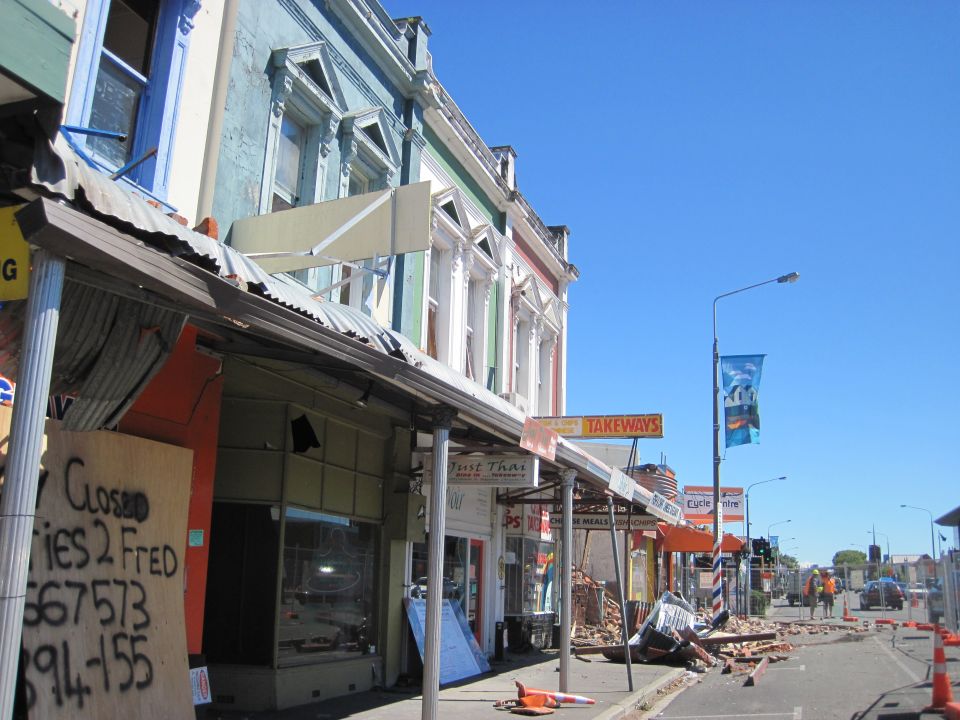
,The fronts of some Christchurch city buildings collapsed during the first September 2010 earthquake. Image: LEARNZ.
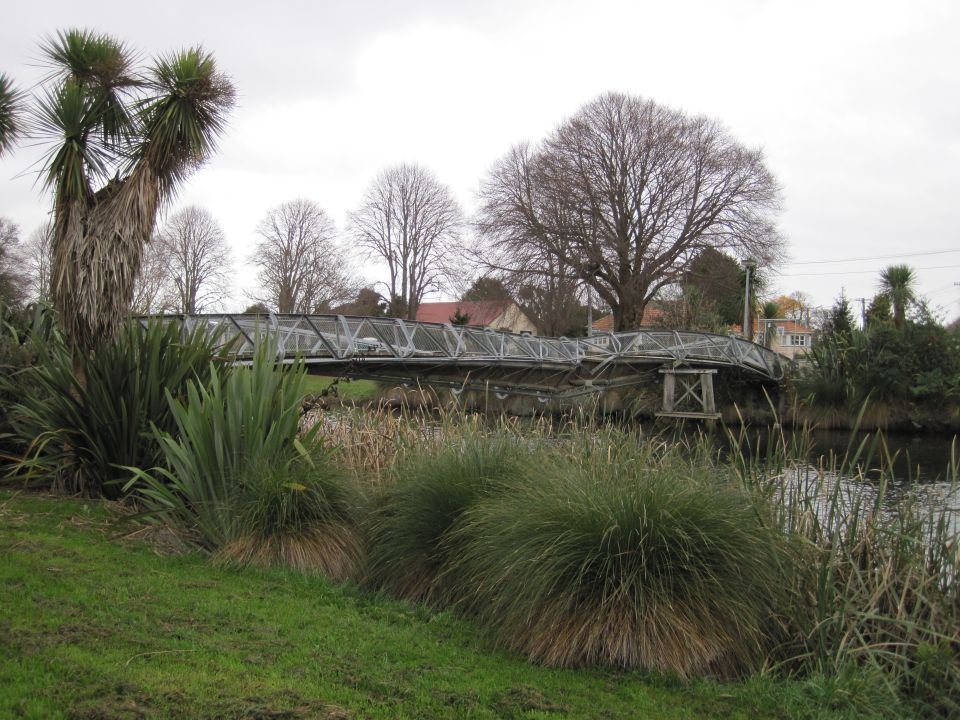
,This bridge across the Avon River was buckled during the first Canterbury earthquake. Image: LEARNZ.
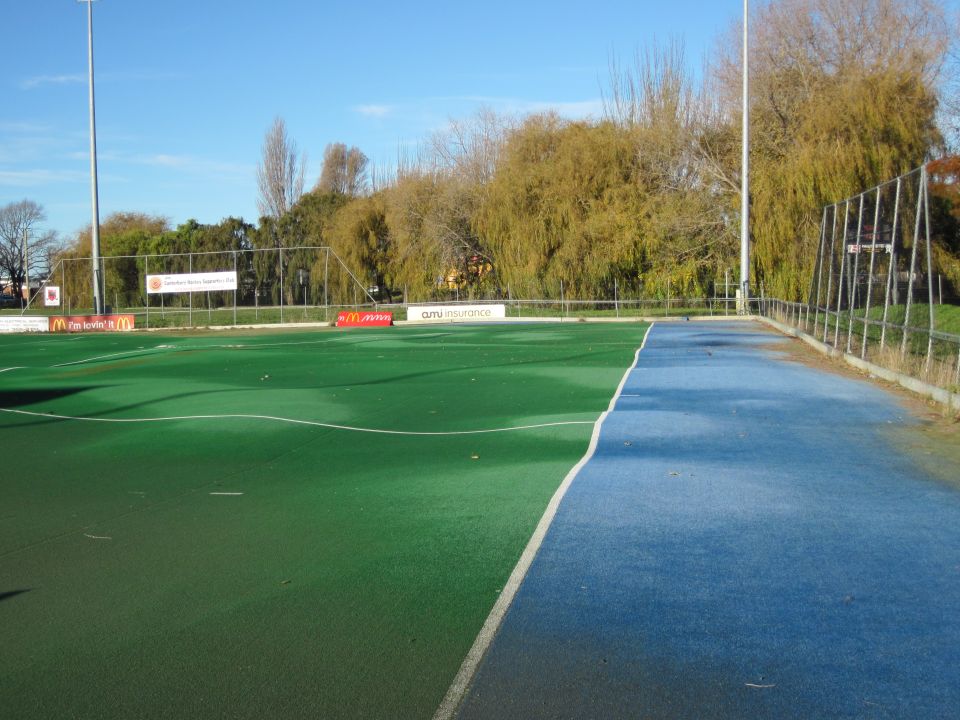
,Liquefaction caused widespread damage in eastern suburbs as water was forced to the surface during the shaking. This is Porritt Park where the hockey turf was buckled by liquefaction. Image: LEARNZ.
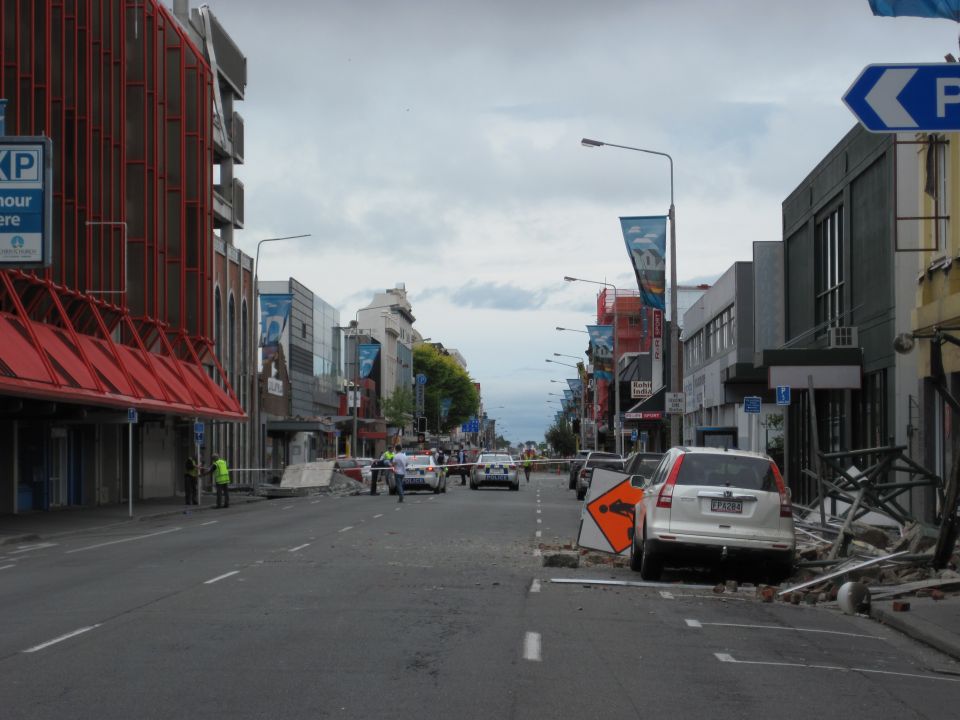
,Large areas of central Christchurch were cordoned off following the quakes. Image: LEARNZ.
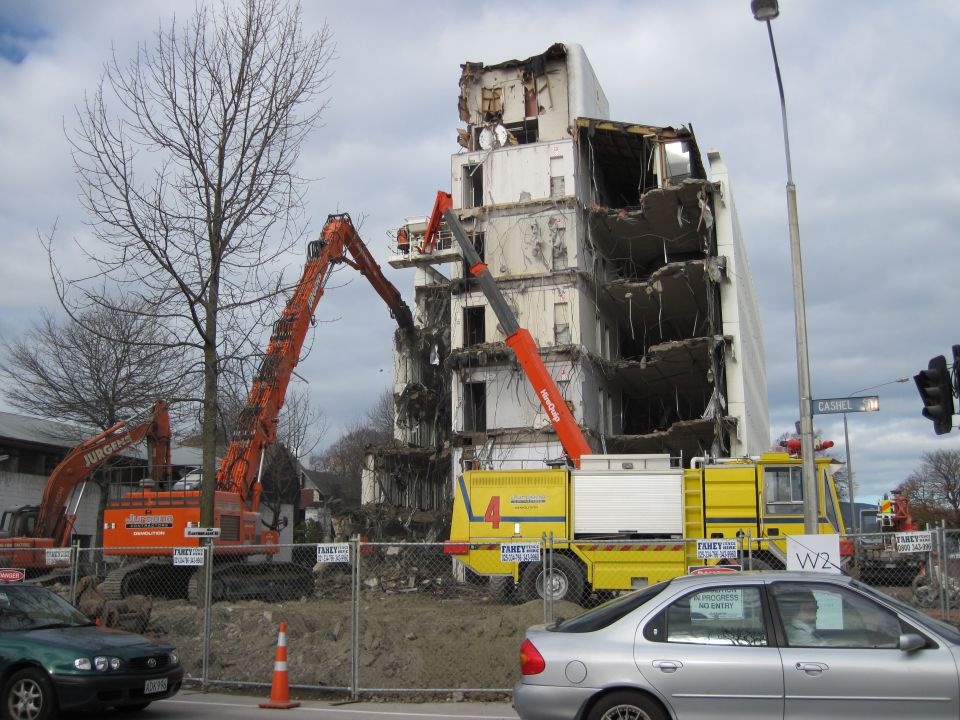
,Even modern buildings which did not collapse during the earthquakes need to be demolished as they are not able to be repaired. Image: LEARNZ.
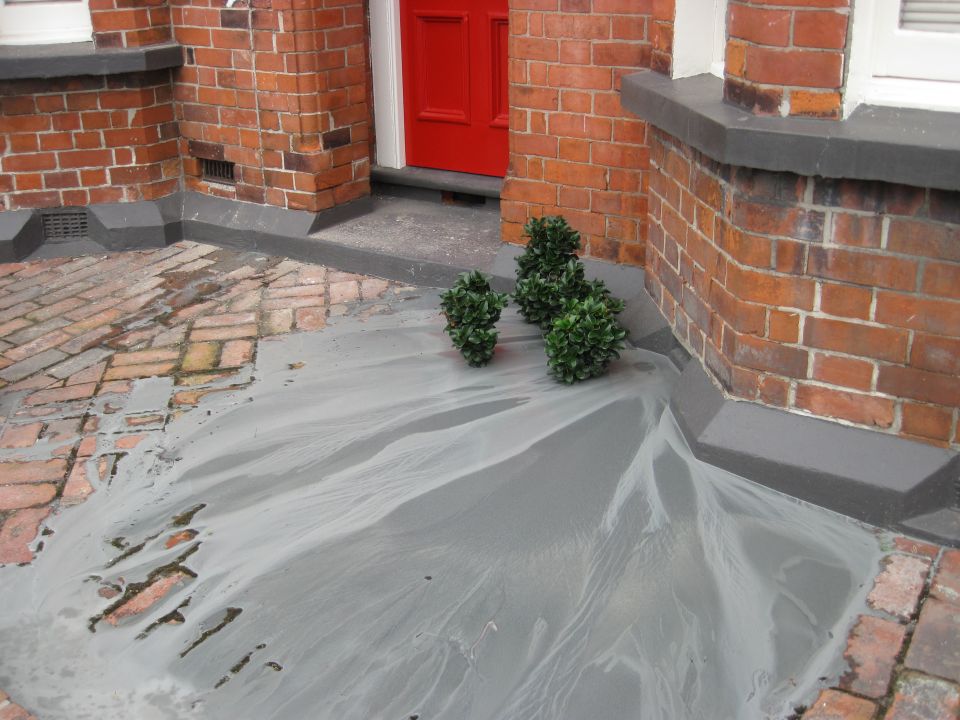
,Liquefaction produced 'mini sand volcanoes' as water, sand and silt were forced to the surface. Liquefaction caused some buildings to sink Image: LEARNZ.
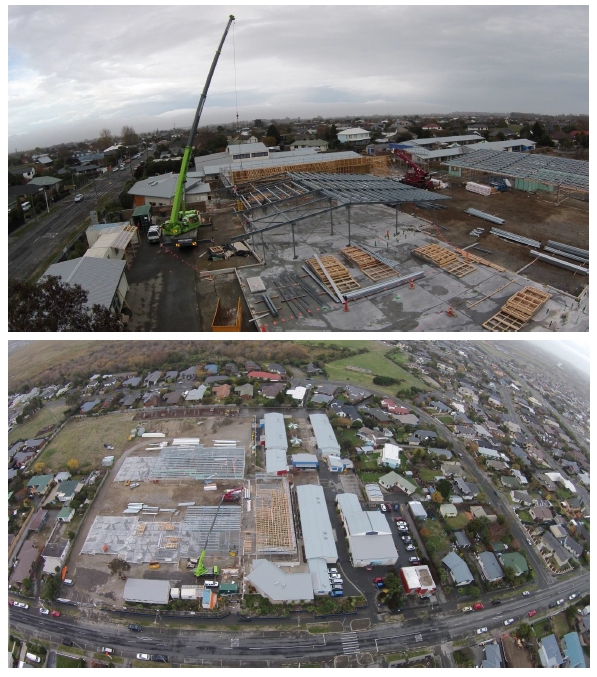
Some Christchurch schools were closed or merged. Waitākiri School was created through the merger of Burwood and Windsor Schools. Image: Darren Scott.
How do you think the effects of the Canterbury earthquakes could have been reduced?